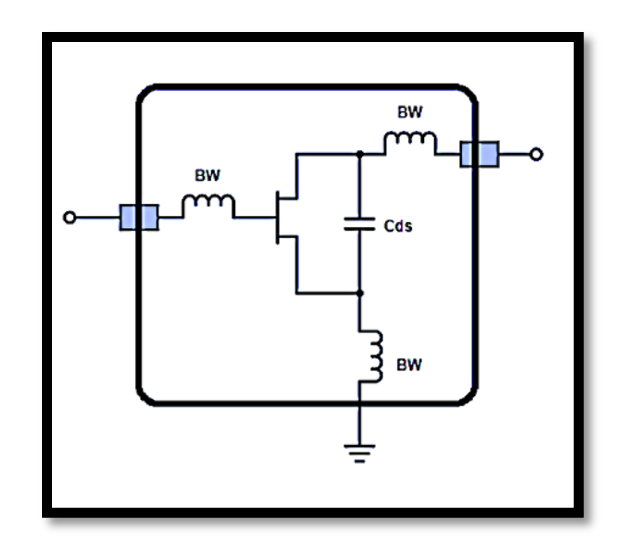
Comparing Output Power in Class A and Class AB Amplifiers: A Detailed Technical Analysis
Introduction
In the world of power amplifiers, the efficiency and output power are critical parameters that influence the choice of design, particularly in applications requiring high fidelity and minimal distortion. Class A and Class AB amplifiers are two popular configurations, each with its own strengths and trade-offs. This blog delves into the comparison of output power between Class A and Class AB amplifiers, with a specific focus on the condition where the conduction angle, α, is set to 270°.
Understanding the Basics of Class A and Class AB Amplifiers
Class A Amplifiers
Class A amplifiers are known for their simplicity and excellent linearity. In this configuration, the output transistor conducts throughout the entire input signal cycle (360°), ensuring that the entire signal waveform is amplified without distortion. However, this comes at a cost—Class A amplifiers are notoriously inefficient, typically achieving efficiency rates of only about 25-30% under ideal conditions. The output power for a Class A amplifier can be calculated as follows:

Class AB Amplifiers
Class AB amplifiers are a hybrid configuration designed to improve efficiency over Class A while maintaining good linearity. In this configuration, the output transistors conduct for more than half but less than the entire input cycle (180° < α < 360°). This allows for a better compromise between efficiency and linearity, making Class AB amplifiers suitable for high-power applications with acceptable distortion levels. For Class AB amplifiers, the output power is also given by:

However, in this case, the current I is determined differently due to the partial conduction angle. Assuming α=270°, the conduction angle is 3π/4 radians. The current I1 can be expressed as:

Comparison of Output Power
From the equations derived above, it is clear that the output power of a Class AB amplifier (for α=270°) is greater than that of a Class A amplifier. Specifically:

This inequality indicates that, while both amplifiers share similar design principles, the Class AB amplifier can deliver more output power for the same input conditions, primarily due to its improved efficiency and optimized conduction angle.
Practical Implications and Design Considerations
The choice between a Class A and Class AB amplifier often depends on the specific requirements of the application:
- Efficiency: Class AB amplifiers are more efficient, making them suitable for applications where power consumption is a concern.
- Linearity: Class A amplifiers are preferred in applications requiring high linearity and minimal distortion, such as in audiophile-grade audio amplifiers.
- Thermal Management: Class A amplifiers generate more heat due to their lower efficiency, necessitating more robust cooling solutions.
Designers must weigh these factors carefully when selecting an amplifier topology, considering both the electrical performance and the practical aspects of implementation.
Take our entry level course (Below) for free using coupon code RAHRF101BLOG
RF Fundamentals, Basic Concepts and Components – RAHRF101
For limited time take an additional 10% off of all our courses using coupon code RFCERT10
Rahsoft RF Certificate and courses
Conclusion
The comparison between Class A and Class AB amplifiers highlights the inherent trade-offs between efficiency, output power, and linearity. For applications where efficiency is paramount, and some distortion is acceptable, Class AB amplifiers offer a superior alternative to Class A amplifiers, especially when optimized with a conduction angle of α=270°. Understanding these nuances allows engineers to make informed decisions that balance performance and practicality in amplifier design.

Learn more about this topic by taking the complete course ‘Linear RF Power Amplifier (PA) Design Theory and Principles online course – RAHRF562’. Watch the course videos for more detailed understanding. Also checkout other courses on RF system and IC design on https://rahsoft.com/courses/. Rahsoft also provides a certificate on Radio Frequency. All the courses offer step by step approach.



